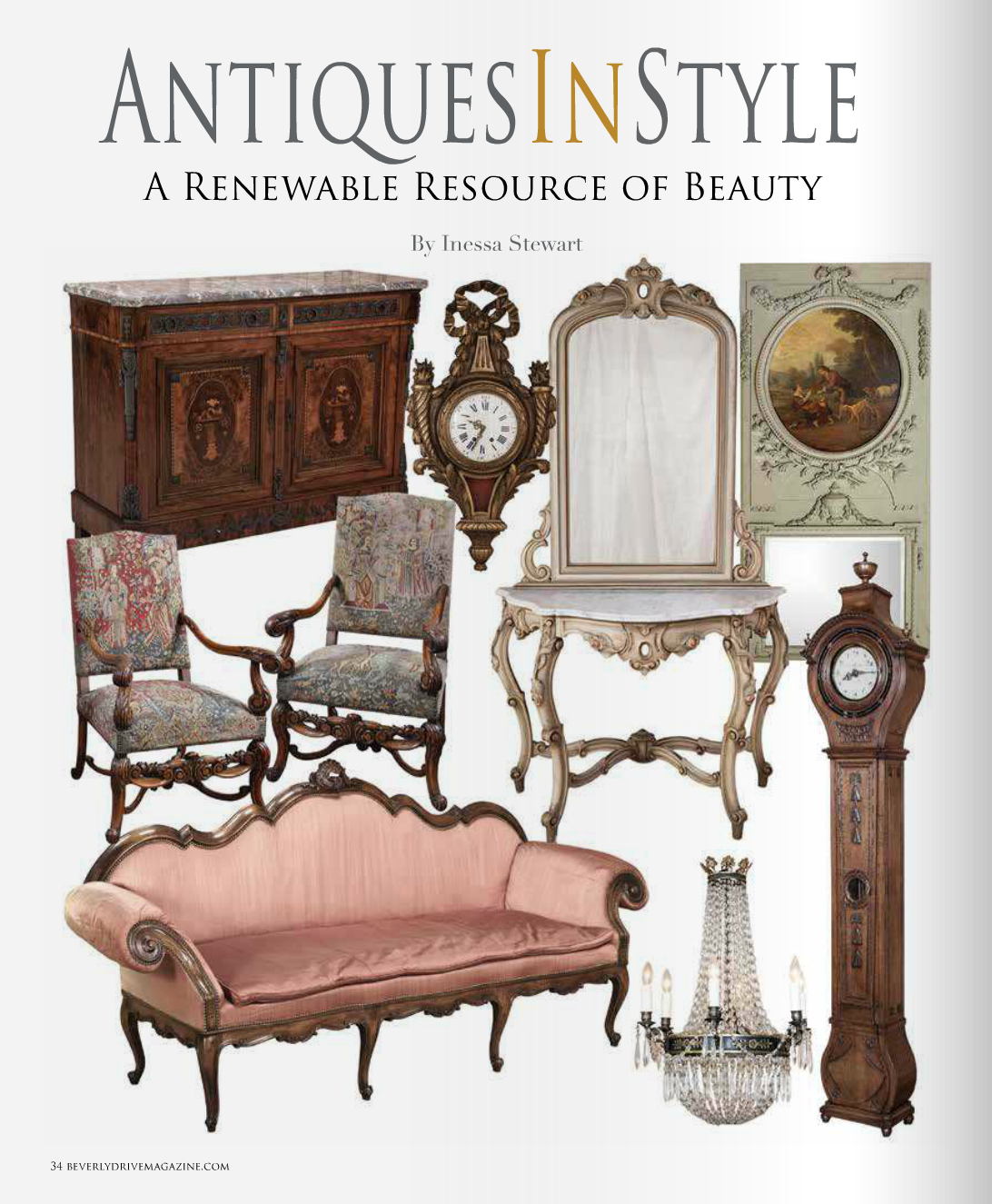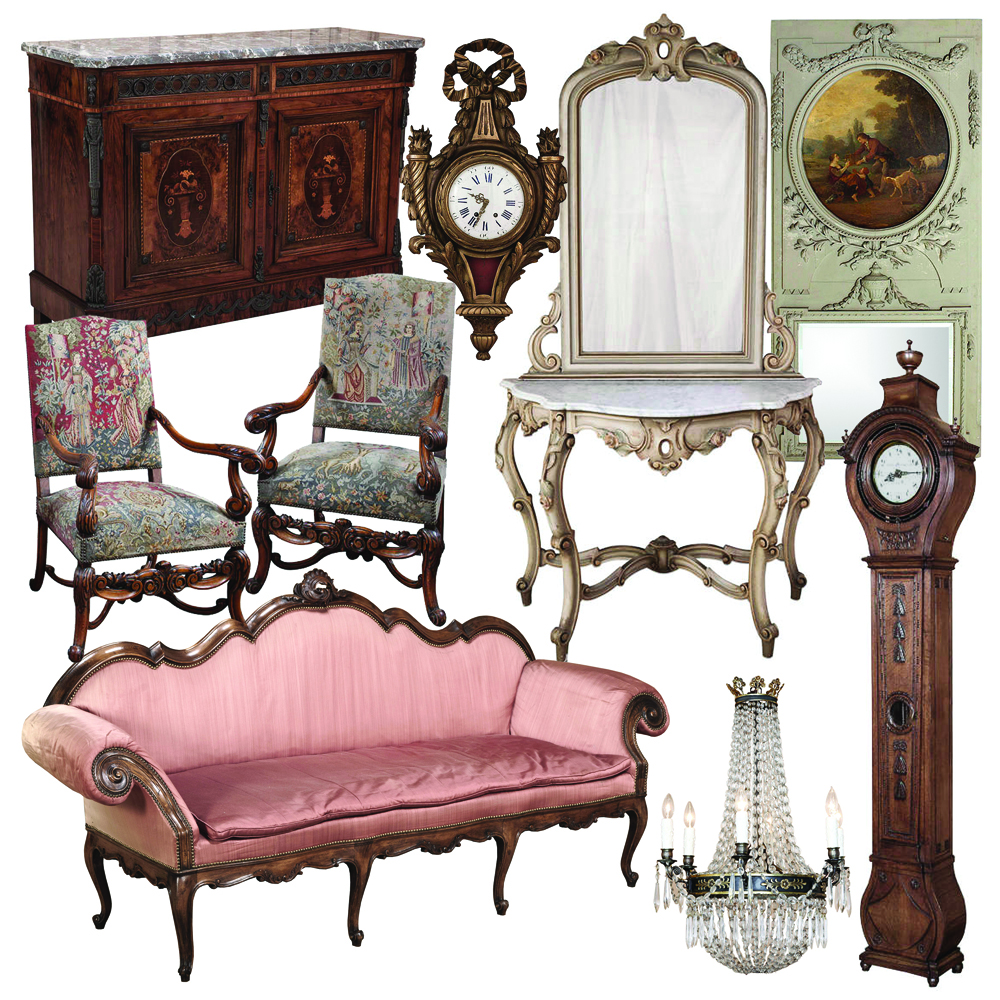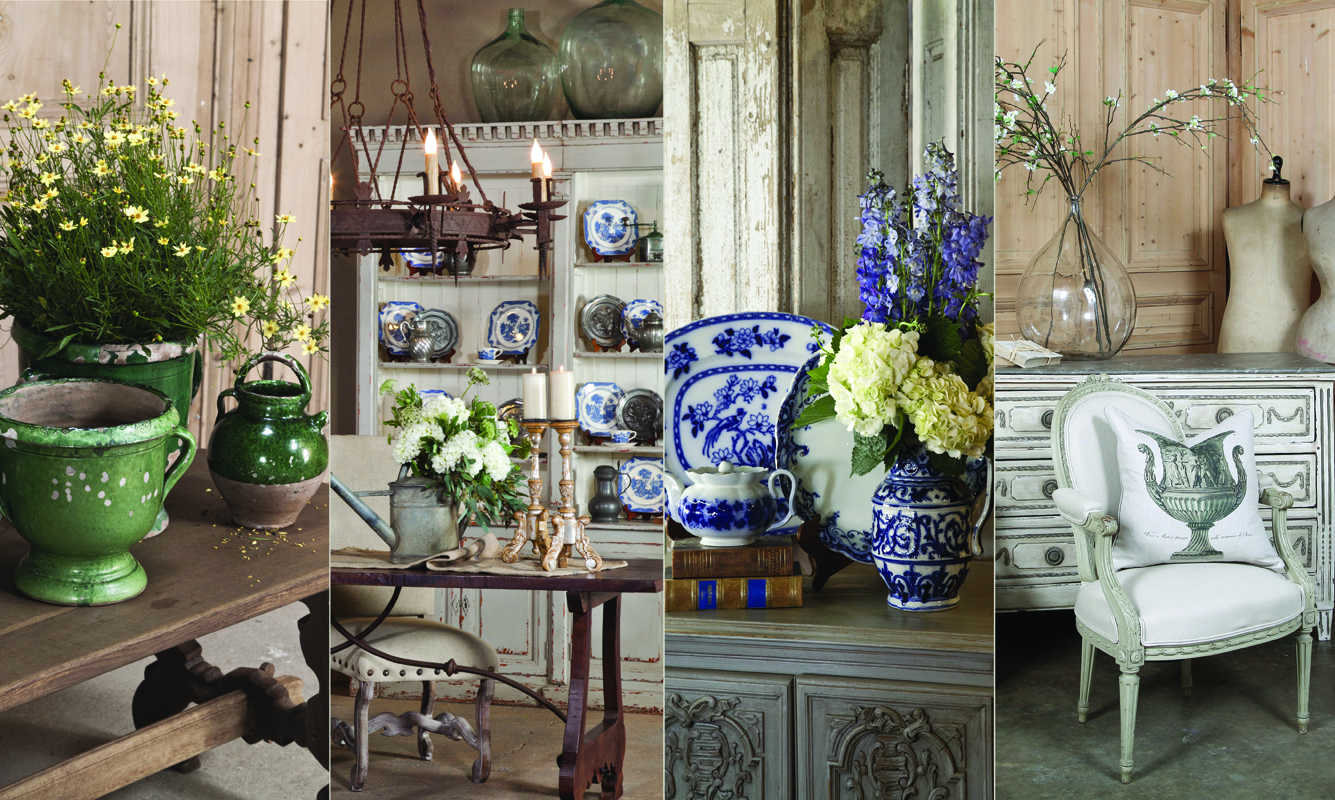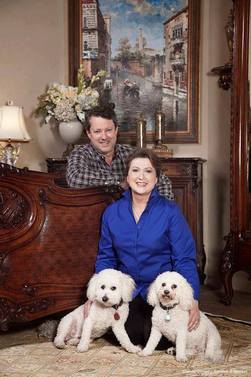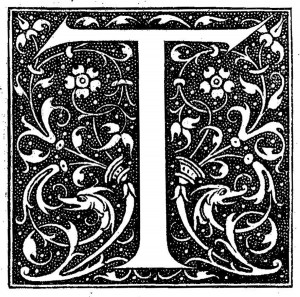 The Romantic Movement in design is once again looking back to 18th Century France for inspiration in home decorating. Renowned for their exquisite taste in fashion, design and antique furniture, the French have long crafted decorative objects that enthrall your imagination and capture your soul.
The Romantic Movement in design is once again looking back to 18th Century France for inspiration in home decorating. Renowned for their exquisite taste in fashion, design and antique furniture, the French have long crafted decorative objects that enthrall your imagination and capture your soul.
For centuries they have been known for their origination of timeless styles, and especially during the 18th century, which was truly a period of innovation and creativity. During this period the trumeau mirror was conceived ~ an object of absolute romantic expression. Originally devised as a decorative architectural element to appear between windows (what the English would call a “Pier Glass”) this positioning in the home in fact is the derivation of the word trumeau itself. However, the French were not satisfied to keep such a concept restrained. They moved it above the fireplace to be displayed in more of a place of honor and status. They enhanced the mirror with beautiful paintings and sculpted friezes. They used hand-carved and gilded frames to surround the magnificence and become the essence of what we today call a trumeau.
All-encompassing in their art form, trumeaux also derive their beauty from the extensive decorative elements of the frame itself, from extensive hand-carving to gilt highlighting to bronze mounts. This creates a three-dimensional aspect which creates a blending of textures adding even more to its unique appeal. These attributes elevate the trumeau to a level of artistic expression unlike any other. It is a romantic art form unto itself.
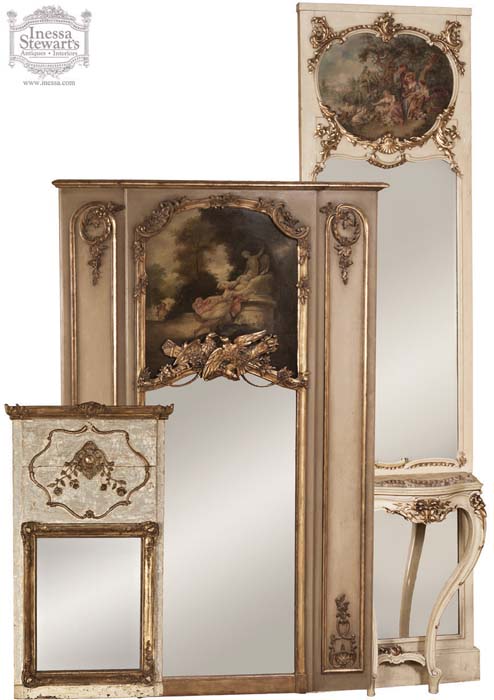
Designers love trumeaux because of the dramatic focus they bring to a room, usually on a grand scale, which both showcases and defines the style and essence of the space. Because of their architectural aspect they fit beautifully above mantels, commodes, buffets and more, bringing an element of classicism even to new interiors.
Throughout the centuries the trumeau adapted to every style imaginable. Today we find trumeaux from the elaborate naturalism of the Rococo movement, to the tailored elegance of the Louis XVI neoclassical style, to the charm of quaint Country French designs. In the 19th century the revival of a multitude of styles gave us exceptional examples of traditional French period designs as well as bold new ventures such as Empire, Art Nouveau and Art Deco.
Below the painting or sculptural element of the trumeau, which is invariably rectangular in shape due to its architectural origins, always appears the mirror portion of the trumeau. Before the invention of electric light, the mirror reflected ambient light around the room, as well as casting the enchanting glow of candlelight to the artwork above. Such romantic nostalgia, cultivated by French chateau lifestyles, can be enjoyed in any home today.
This article originally appeared in Beverly Drive Magazine.


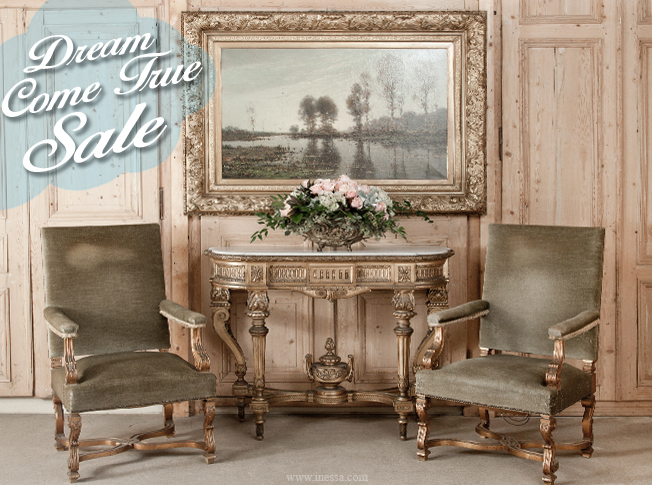

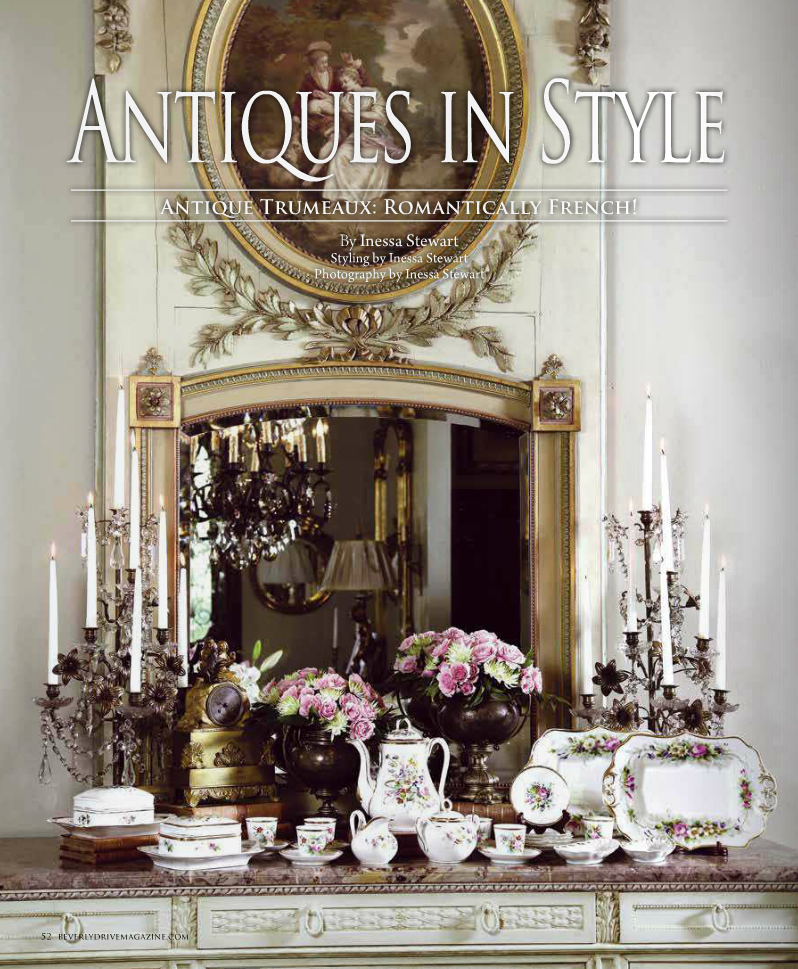
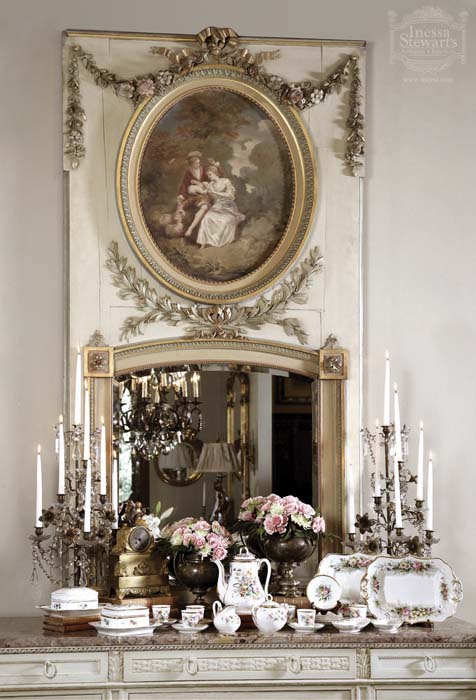
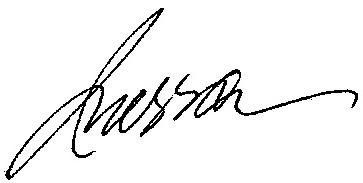
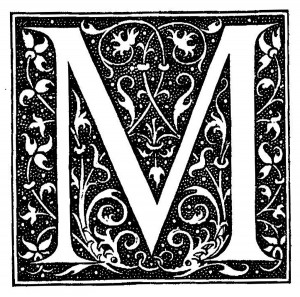

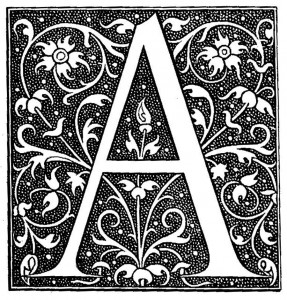 A
A